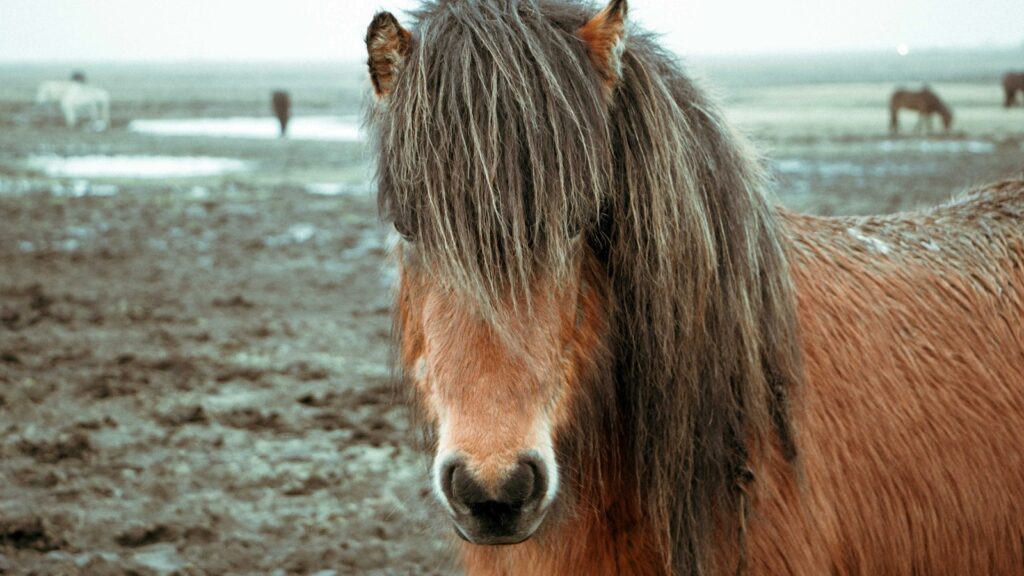
When it comes to equine companions, ponies hold a special place in the hearts of both children and adults. These compact equines, typically standing under 14.2 hands high (58 inches), aren’t just smaller versions of horses—they possess unique characteristics, temperaments, and histories that make them beloved across the globe. From therapeutic riding programs to competitive driving events, ponies demonstrate remarkable versatility while often displaying the intelligence, hardiness, and sometimes spirited personalities that have endeared them to enthusiasts for centuries. In this article, we’ll explore the most popular pony breeds worldwide and dive into what makes each of these diminutive equines truly special.
Shetland Pony: The Mighty Miniature
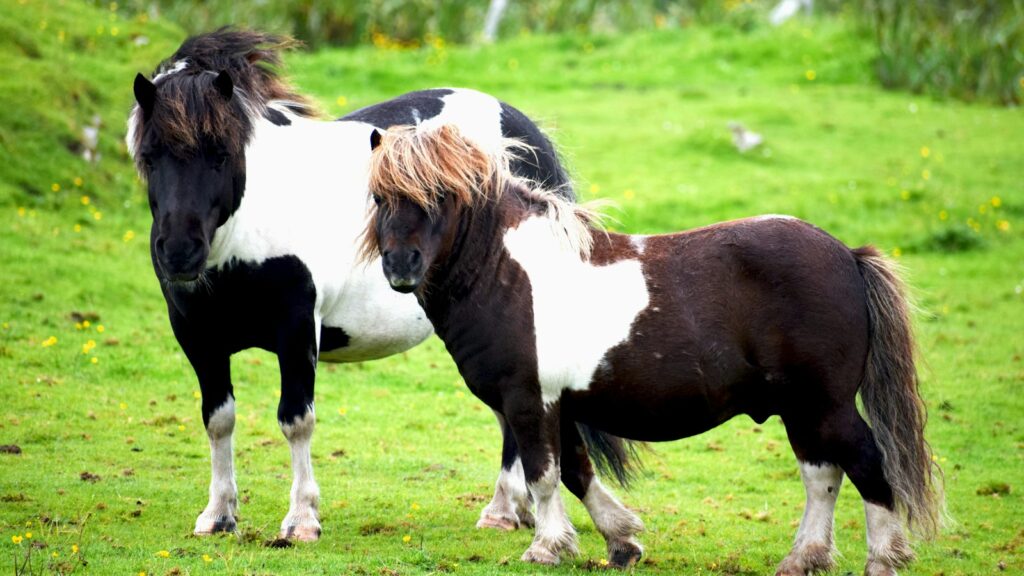
Originating from the harsh Shetland Islands of Scotland, the Shetland pony has developed into one of the strongest animals relative to its size. These compact powerhouses typically stand between 7 and 11.2 hands high (28-46 inches) and possess an incredible strength that allows them to carry weights exceeding their own. Their dense double coat, which grows thick during the winter months, protects them from the brutal Scottish weather and continues to give them their distinctive fluffy appearance. Shetlands are known for their intelligence, which, coupled with their strong-willed nature, has earned them a reputation for being clever and occasionally mischievous companions. Their combination of strength, hardiness, and compact size has made them popular not only as children’s mounts but also in driving competitions and as therapy animals.
Welsh Pony: The Versatile Beauty
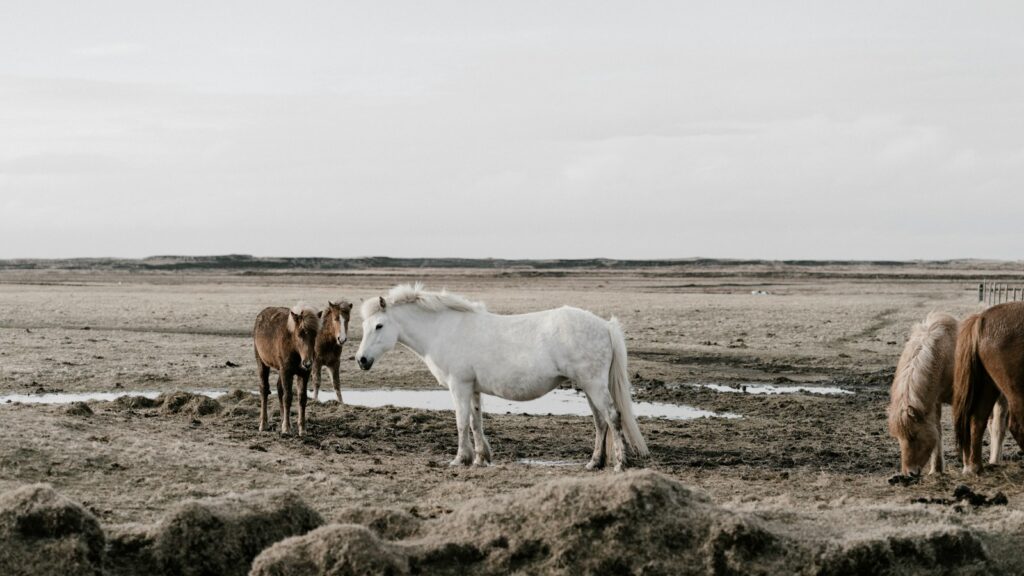
The Welsh pony, with its four distinct sections ranging from the diminutive Section A to the more substantial Section D, represents one of the most versatile pony breeds in the world. Hailing from the rugged mountains of Wales, these ponies developed remarkable endurance, sure-footedness, and an ability to thrive on minimal forage. Their refined head with large, expressive eyes and small ears creates an unmistakable “pony pretty” appearance that has captivated enthusiasts worldwide. Welsh ponies particularly excel in the show ring, where their natural floating movement and animation make them standouts in disciplines ranging from dressage to jumping and driving. Their intelligence and willing disposition makes them ideal for children progressing through riding levels, while still challenging enough for adults to enjoy in competitive settings.
Connemara Pony: Ireland’s Legendary Jumper
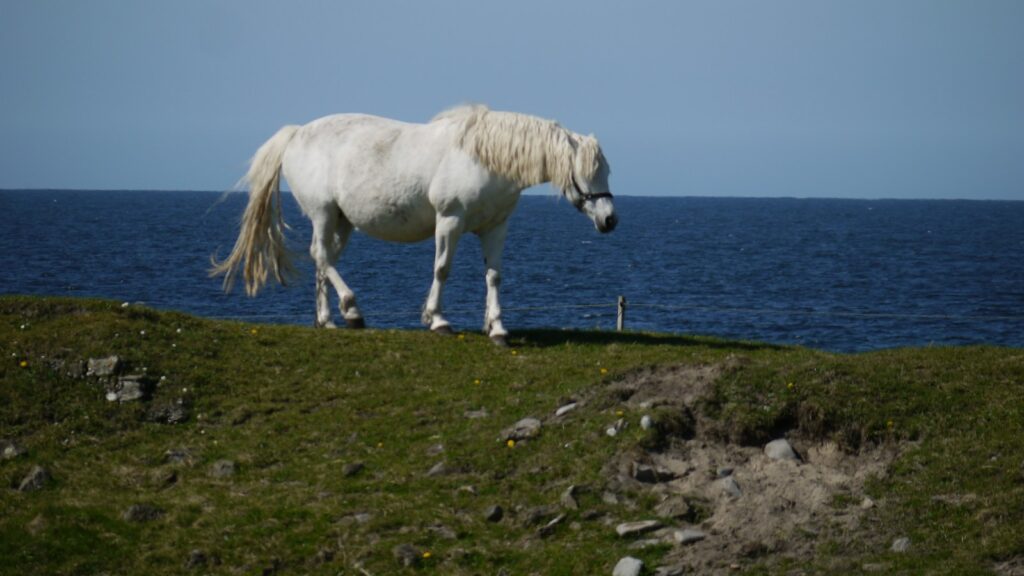
The Connemara pony, Ireland’s only native pony breed, combines strength and athleticism with a remarkably gentle disposition. Standing between 12.2 and 14.2 hands, these ponies developed in the rocky, harsh landscape of western Ireland, which contributed to their sure-footedness and natural jumping ability. Their characteristic deep chest, strong back, and powerful hindquarters give them an exceptional talent for jumping that often sees them competing successfully against larger horses. Connemaras typically display a kind, willing temperament that makes them suitable for riders of various experience levels, from beginners to advanced competitors. Their versatility extends across disciplines, with Connemaras excelling in eventing, dressage, and show jumping, while maintaining the hardiness and sensible nature that made them valuable working ponies on Irish farms for centuries.
Dartmoor Pony: The Ancient Native Breed
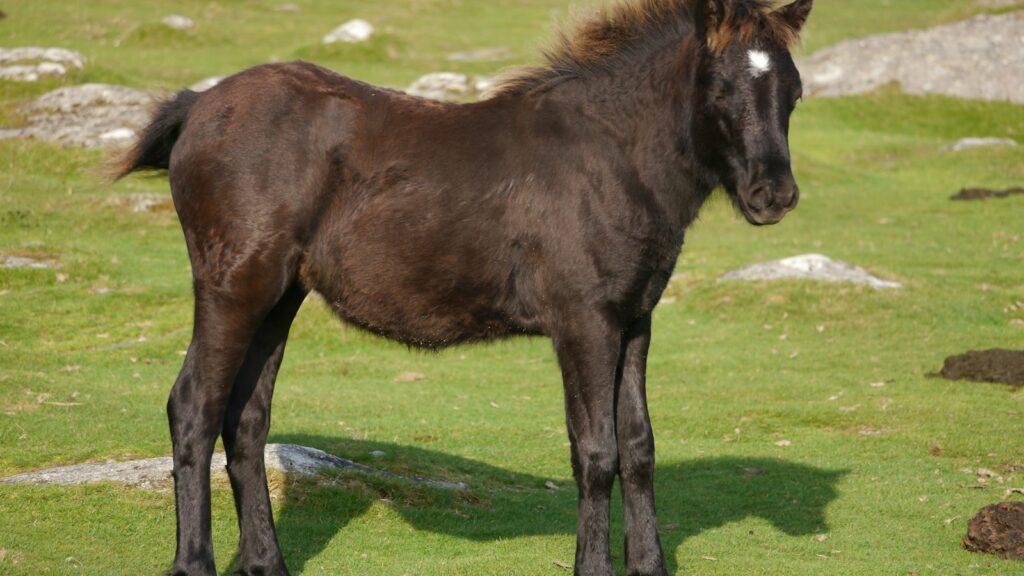
The Dartmoor pony has roamed the moorlands of southwest England for thousands of years, developing into a hardy, intelligent breed perfectly adapted to its challenging environment. Standing between 11.1 and 12.2 hands high, these ponies possessed dense, weather-resistant coats and strong constitutions that allowed them to survive year-round on the exposed moors. Their notably calm and gentle temperament makes them particularly suitable for young or nervous riders, earning them a reputation as exceptional children’s ponies. Dartmoors are known for their intelligence and willingness to learn, which, combined with their strength and stamina, makes them versatile for disciplines ranging from driving to showing and recreational riding. Conservation efforts have been crucial in preserving this ancient breed, which has seen declining numbers as its traditional roles in mining and agriculture diminished.
Exmoor Pony: The Primitive Survivor

The Exmoor pony stands as Britain’s oldest native pony breed, with a lineage tracing back to prehistoric times and remarkably little crossbreeding throughout its history. These ponies, standing between 11.2 and 12.3 hands high, possess distinctive primitive features including a mealy muzzle, “toad eyes” (flesh above the eyes that helps divert rainwater), and a unique “snow chute” tail designed to shed water. Their exceptional cold-weather adaptations include a dual-layered winter coat with water-resistant outer hairs and an insulating undercoat, allowing them to thrive in the harsh moorland environment of southwest England. Exmoors demonstrate remarkable intelligence and self-sufficiency, traits that helped them survive semi-wild on the moors for centuries. Though relatively rare today with approximately 500 breeding females worldwide, conservation efforts continue to protect this living link to prehistoric equines while appreciating their gentle temperament and versatility under saddle and in harness.
New Forest Pony: The Versatile Forest Dweller

The New Forest pony, originating from England’s New Forest region in Hampshire, has developed over centuries of free-range living in woodland and heath environments. Standing between 12 and 14.2 hands high, these ponies possess strong, well-proportioned bodies with deep chests and strong limbs that contribute to their notable soundness and endurance. Their semi-wild heritage has created a breed known for intelligence, adaptability, and an innate self-preservation instinct that makes them particularly sure-footed and sensible on trails. New Forest ponies excel in various disciplines including show jumping, eventing, dressage, and driving, making them popular choices for Pony Club activities and family riding. Their gentle yet spirited nature strikes an ideal balance—offering enough energy and personality to engage experienced riders while remaining forgiving and trustworthy for less experienced handlers and children.
Highland Pony: The Scottish Gentle Giant
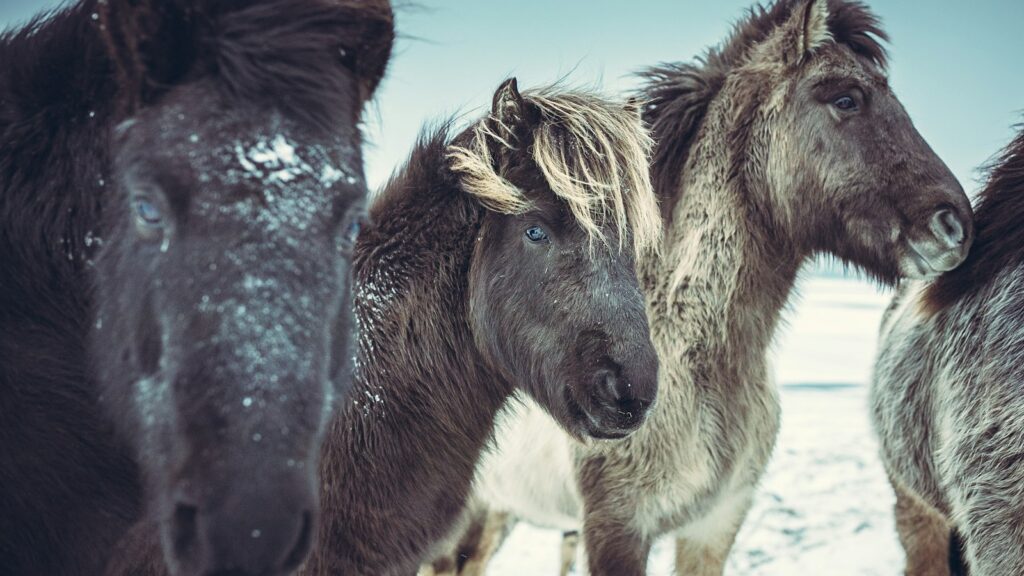
The Highland pony, Scotland’s largest native breed, combines substantial strength with a notably kind temperament that belies its powerful build. Standing between 13 and 14.2 hands high, these ponies developed in the Scottish Highlands with thick, double-layered coats that protect them in the harshest weather conditions, including a distinctive feathering around their fetlocks. Traditionally used for carrying deer stalking parties and hauling timber from forests, Highlands possess remarkable strength and weight-carrying capacity disproportionate to their size. Their docile, willing temperament makes them exceptional family ponies suitable for both children and adults, while their sure-footedness makes them particularly valuable on challenging terrain. The breed comes in a range of dun colors with primitive markings, including dorsal stripes and zebra markings on legs, reflecting their ancient origins and adding to their distinctive appearance.
Fjord Horse: The Norwegian Wonder
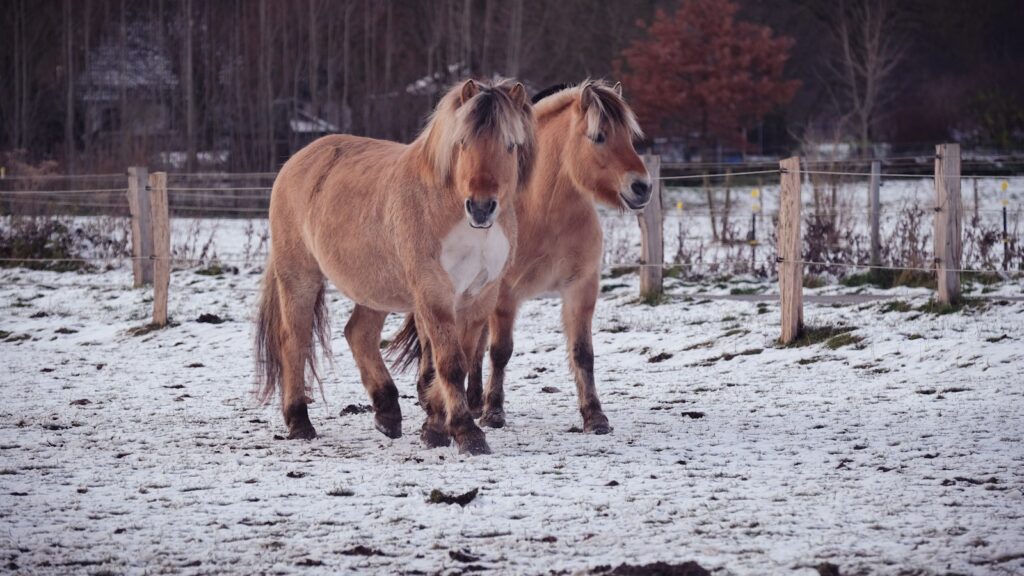
Though technically classified as a horse in Norway despite its pony stature, the Norwegian Fjord stands as one of the world’s most distinctive equine breeds with its signature dun coloring and unique crescent-shaped mane. Standing between 13.2 and 14.2 hands high, these compact, powerful animals possess remarkable strength and endurance developed through centuries of farm work in Norway’s challenging mountainous terrain. Their most recognizable feature is the stiff, upright mane, traditionally trimmed to highlight the dark center stripe against lighter outer hair, creating a dramatic visual effect that showcases their primitive markings. Fjords are known for their exceptionally steady temperament, intelligence, and willingness to work, making them versatile performers in disciplines ranging from dressage to driving and therapeutic riding programs. Their symmetrical build, with balanced front and hind ends, contributes to natural athletic ability and the smooth gaits that make them comfortable riding partners.
Haflinger: The Golden Mountain Pony
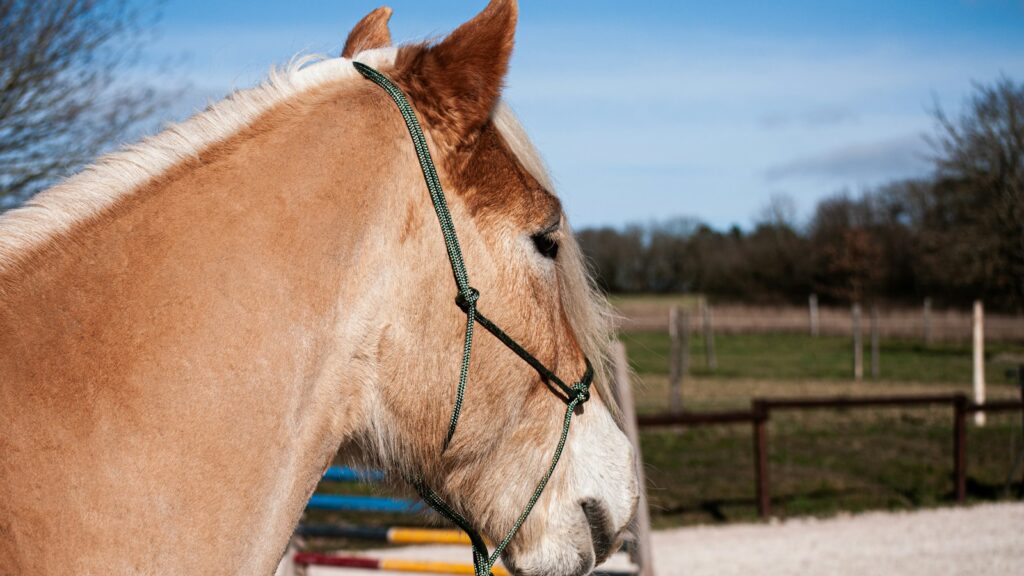
The Haflinger, with its distinctive chestnut coloring and flaxen mane and tail, originated in the mountainous border region of modern Austria and Italy as a versatile farm and pack pony. Standing between 13.2 and 15 hands high (at the upper limit of pony classification), these sturdy, muscular ponies developed remarkable strength and sure-footedness while navigating Alpine terrain. Their characteristically friendly disposition and people-oriented nature have made them increasingly popular as family horses, particularly for those seeking a smaller mount that can comfortably carry adults. Haflingers typically display a smooth, rhythmic gait with natural impulsion that makes them surprisingly competitive in dressage, while their level-headed nature makes them reliable trail companions and driving ponies. The breed’s striking appearance—combining their golden chestnut coat with abundant, silky blonde mane and tail—has contributed to their growing popularity beyond their traditional Alpine homeland.
Pony of the Americas: The Spotted Wonder
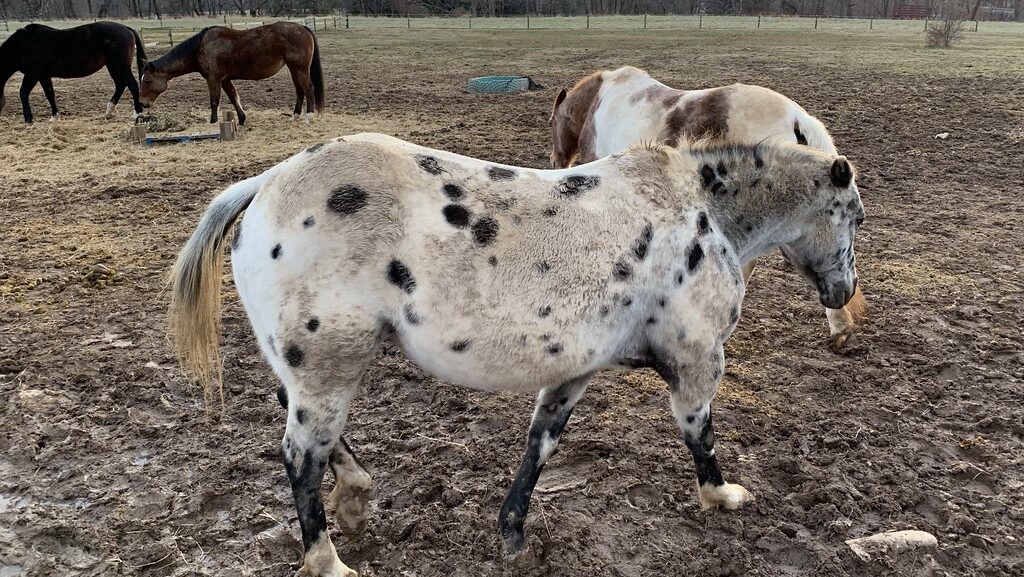
The Pony of the Americas (POA) represents a relatively new breed, developed in the 1950s specifically as a child-friendly mount, combining the colorful Appaloosa patterning with pony size and temperament. Standing between 11.2 and 14 hands high, POAs must display the distinctive Appaloosa coat patterns—including blanket, leopard, or snowflake patterns—and have at least one visible characteristic of Appaloosa coloring such as mottled skin, striped hooves, or visible sclera around the eyes. Their conformation emphasizes athletic ability, with quarter horse-type muscling that provides versatility across Western disciplines including reining, cutting, and barrel racing, while still performing well in English riding events. The breed was intentionally developed with children in mind, and temperament remains a crucial selection criterion, resulting in intelligent, willing ponies with enough spirit to be interesting but sufficient patience for young riders. The POA breed organization maintains one of the most active youth programs among equine associations, emphasizing the educational aspects of horsemanship alongside competition.
Chincoteague Pony: America’s Feral Celebrity
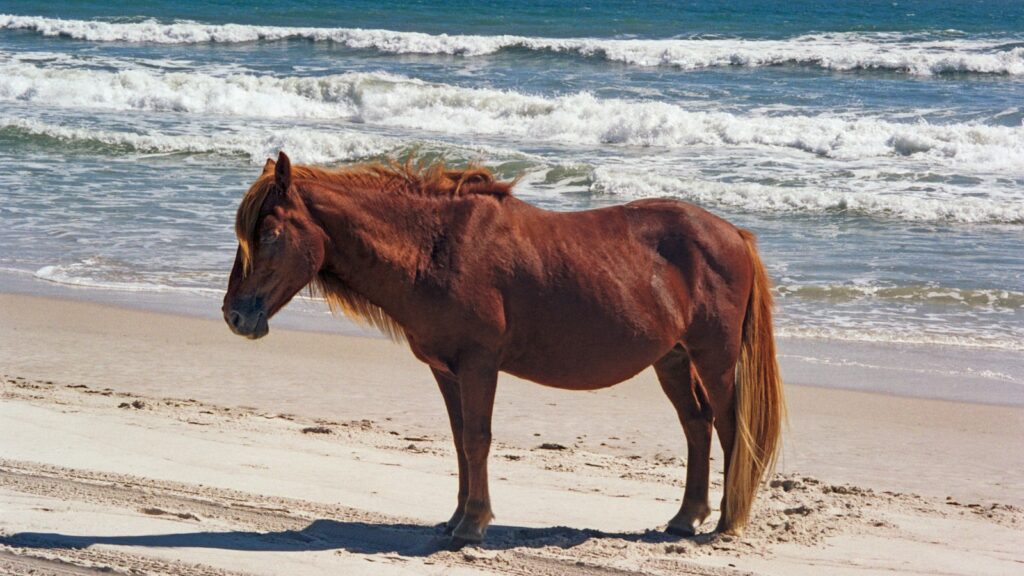
The Chincoteague ponies gained worldwide fame through Marguerite Henry’s beloved children’s novel “Misty of Chincoteague,” but their real-life story is equally fascinating as feral ponies that have adapted to the harsh barrier island environment of Assateague Island along the Virginia and Maryland coast. These hardy ponies, standing between 12 and 13.2 hands high, have developed unique physiological adaptations, including the ability to drink brackish water and subsist on salt marsh vegetation that would make domestic horses ill. Their compact, rounded bodies and thick manes and tails come in various colors and patterns, believed to reflect their mixed ancestry of escaped domestic horses and possibly shipwrecked Spanish horses. The annual Pony Swim and auction, where some foals are sold to maintain sustainable herd numbers, has become a popular tourist attraction while supporting the Chincoteague Volunteer Fire Department. Chincoteagues, owned as domestic ponies, are known for their intelligence, hardiness, and the unique heritage that connects them to their wild island origins.
Gotland Pony: Sweden’s Ancient Treasure
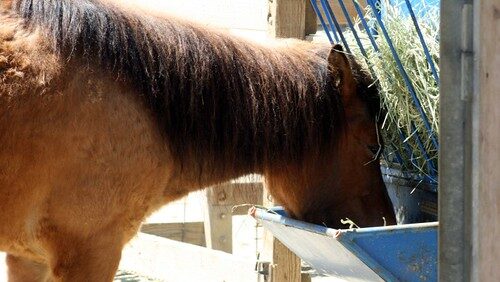
The Gotland pony, or Gotlandsruss, represents one of the world’s oldest pony breeds, having evolved on the Swedish island of Gotland for over 4,000 years with minimal human intervention until recent centuries. Standing between 11.2 and 13 hands high, these ponies typically display primitive dun coloring with dorsal stripes and leg barring, though they can appear in solid colors including black, bay, and chestnut. Their most distinctive features include a refined head with alert expression, often described as giving them an “oriental” look, combined with a compact, well-muscled body built for speed and agility. Gotland ponies possess a unique trotting ability that makes them particularly suited for harness racing, a sport where they’ve gained recognition in Scandinavia despite their small stature. Their intelligence, hardiness, and willing temperament have helped revitalize the breed after it nearly disappeared in the mid-20th century, with conservation efforts now ensuring this living piece of Viking-era heritage continues to thrive in modern equestrian pursuits.
Caring for Ponies: Special Considerations
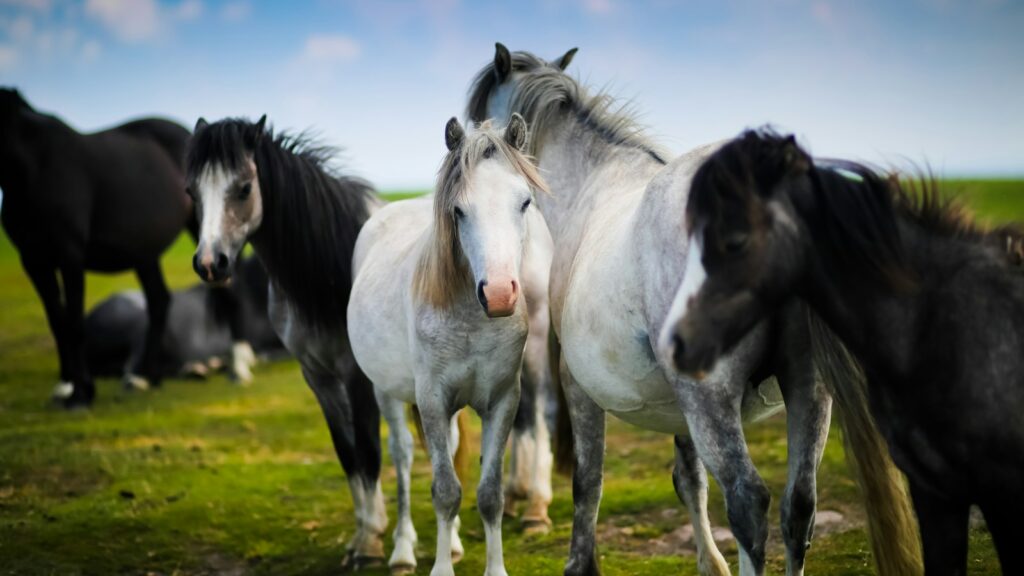
Caring for ponies presents unique challenges compared to their larger equine cousins, particularly regarding metabolic efficiency and the tendency toward obesity that affects many pony breeds. Their evolution in harsh environments with limited forage has created incredibly efficient metabolisms that can extract maximum nutrients from minimal feed—a survival advantage that becomes problematic in domestic settings with abundant food. Proper feeding management often requires restricted grazing using grazing muzzles or strip grazing systems, particularly during seasons when grass is rich in sugars and starches. Ponies are particularly prone to conditions like insulin resistance, laminitis, and Equine Metabolic Syndrome, requiring vigilant monitoring of weight and body condition scoring as preventative health measures. Despite these challenges, many pony breeds benefit from remarkable hardiness, including fewer respiratory issues, stronger hooves requiring less frequent farrier attention, and better cold weather tolerance than many horse breeds. Understanding the specific needs and evolutionary adaptations of ponies is essential for maintaining their health while appreciating the very traits that make these small equines so special.
The Enduring Appeal of Ponies
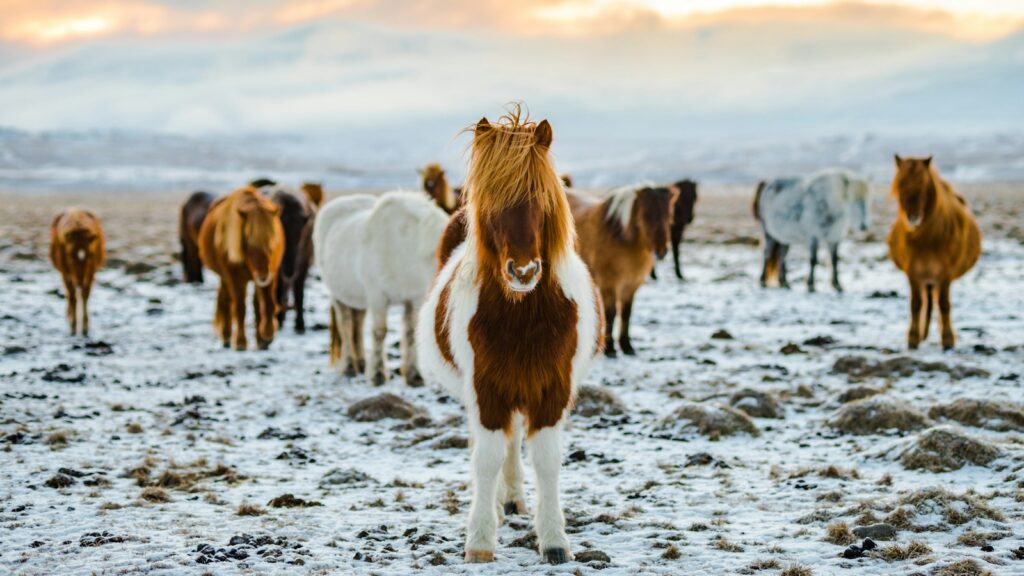
What makes ponies truly special extends far beyond their diminutive size. Throughout history, these remarkable equines have developed unique adaptations to some of the world’s harshest environments, resulting in intelligence, hardiness, and versatility that continues to serve them well in modern equestrian pursuits. From the powerful Shetland to the elegant Welsh, the athletic Connemara to the primitive Exmoor, each breed carries distinctive traits reflecting their geographical origins and the specific needs of the cultures that developed them. Whether serving as children’s first mounts, competitive driving ponies, therapy animals, or beloved family companions, ponies continue to demonstrate that extraordinary things often come in small packages. Their enduring popularity across cultures and disciplines stands as testament to the special bond these small but mighty equines form with the humans fortunate enough to share their lives with them.






